Table of content
Sichuan cuisine, renowned for its bold flavors, fiery spiciness, and numbing sensations, has captivated food enthusiasts worldwide. Among its iconic dishes, Huiguo Rou (回锅肉), or Twice-Cooked Pork, stands as a beloved classic that embodies the essence of Sichuan’s culinary philosophy. This dish, with its tender yet crispy pork slices bathed in a fragrant, spicy sauce, is a testament to the region’s mastery of balancing heat, sweetness, and umami. In this comprehensive guide, we will explore the history, ingredients, and techniques required to recreate this dish in your own kitchen, ensuring an authentic experience that rivals any restaurant offering.
The Origins and Cultural Significance of Huiguo Rou
The name Huiguo Rou translates to “twice-cooked pork,” a nod to the dish’s unique preparation method. The pork is first simmered in water until tender, then sliced and stir-fried with aromatic ingredients. This two-step cooking process not only ensures the meat is cooked through but also renders excess fat, resulting in a delightful texture that is both tender and slightly crispy at the edges.
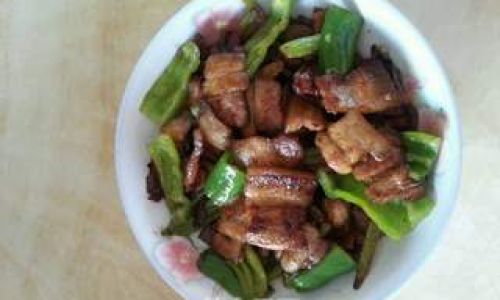
Legend has it that this dish originated during the Song Dynasty (960–1279 CE) as a way to repurpose leftover cooked pork. Over centuries, it evolved into a staple of Sichuanese home cooking, cherished for its ability to transform a simple ingredient into a flavor-packed masterpiece. Today, it is a symbol of Sichuan’s culinary ingenuity, often served during family gatherings and festive occasions.
Ingredients: The Foundation of Flavor
To achieve an authentic Huiguo Rou, selecting the right ingredients is paramount. Sichuan cuisine relies heavily on specific aromatics and condiments that impart its signature taste. Here’s a breakdown of the essential components:
The Protein: Pork Belly
- 500g pork belly: Opt for a layered cut with a balanced ratio of fat to meat. The fat renders during cooking, creating a melt-in-your-mouth texture.
- Why pork belly? Its marbling ensures the dish remains moist and flavorful, even after stir-frying.
Aromatics and Vegetables
- 100g garlic sprouts (蒜苗): Also known as Chinese leeks, these add a fresh, slightly pungent aroma. Slice them diagonally into 2-inch segments.
- 50g young ginger: Peel and julienne for a subtle heat and fragrance.
- 3–4 garlic cloves: Minced to release their pungent sweetness during cooking.
- 2–3 dried red chilies: Crushed to infuse a mild, smoky spice (adjust to taste).
Sichuanese Staples
- 2–3 tbsp Pixian Doubanjiang (郫县豆瓣酱): A fermented broad bean and chili paste, this is the soul of Sichuan cooking. Look for brands labeled “fermented in clay pots” for authenticity.
- 1 tbsp black bean sauce (豆豉酱): Adds depth and saltiness.
- 1 tsp Sichuan peppercorns: Toasted and ground for a numbing, citrusy kick.
- 1 tbsp fermented rice wine (Shaoxing wine): Enhances the meat’s sweetness while masking any gamey notes.
Seasonings and Oils
- 2 tbsp vegetable oil (peanut or canola preferred for high heat).
- 1 tbsp soy sauce: Use dark soy sauce for color and light soy sauce for saltiness.
- 1 tsp sugar: Balances the spice and umami.
- 1 tsp sesame oil: Added at the end for aromatic finish.
Optional Garnishes
- 1 tbsp toasted sesame seeds
- 2–3 thinly sliced scallions
Step-by-Step Preparation: From Simmer to Sizzle
First Cook: Simmering the Pork
- Boil the pork belly: Place the pork in a large pot, cover with cold water, and add 3 slices of ginger, 2 scallion segments, and 1 tbsp Shaoxing wine. Bring to a boil, then reduce to a simmer.
- Cook until tender: Simmer for 45–60 minutes, or until a skewer inserts easily. This step ensures the meat is fully cooked and tender.
- Chill and slice: Remove the pork and let it cool on a cutting board. Once cool enough to handle, slice it into 1/8-inch-thick pieces. Pro tip: Partially freezing the pork for 20 minutes makes slicing easier.
Second Cook: Stir-Frying to Perfection
- Render the fat: Heat 1 tbsp vegetable oil in a wok over medium-high heat. Add the pork slices and spread them in a single layer. Let them cook undisturbed for 2–3 minutes until the edges curl and golden brown.
- Stir-fry the pork: Toss the pork and continue cooking for another 3–4 minutes. The goal is to render excess fat while achieving a caramelized exterior.
- Add aromatics: Push the pork to one side of the wok. Add the remaining 1 tbsp oil, then stir in the minced garlic, ginger, and dried chilies. Sauté for 30 seconds until fragrant.
- Introduce the Doubanjiang: Add the Doubanjiang and black bean sauce. Stir-fry for 1–2 minutes, coating the pork and aromatics. The paste will darken and release its rich, savory aroma.
- Deglaze and season: Pour in 1 tbsp Shaoxing wine, followed by 1 tbsp soy sauce and 1 tsp sugar. Toss to combine, ensuring the pork is evenly coated.
- Finish with garlic sprouts: Add the garlic sprouts and stir-fry for 1–2 minutes until just wilted. Avoid overcooking to retain their vibrant color and crunch.
- Final touches: Drizzle with sesame oil and sprinkle with Sichuan peppercorn powder. Toss once more and remove from heat.
Key Techniques for Authentic Results
-
The Two-Step Cooking Method:
Simmering softens the pork, while stir-frying caramelizes it. This dual process ensures texture and flavor complexity.
-
Achieving the Perfect Sear:
Avoid overcrowding the wok. Cook the pork in batches if necessary to prevent steaming, which would result in soggy slices.
-
Balancing Flavors:
Sichuan cuisine thrives on the “ma” (numbing) and “la” (spicy) elements. Adjust the Sichuan peppercorns and dried chilies to suit your palate.
-
The Role of Doubanjiang:
This fermented paste is non-negotiable. Its deep, savory profile is irreplaceable. For a milder version, use half the recommended amount.
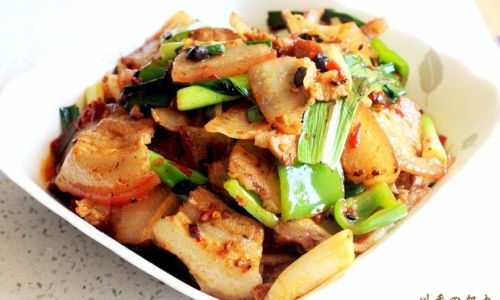
Common Pitfalls and How to Avoid Them
-
Overcooked Pork:
Simmer the pork until just tender. Overcooking will result in dry, stringy meat.
-
Under-Rendered Fat:
Ensure the pork slices are thin and cooked long enough to crisp the edges. This prevents a greasy texture.
-
Burnt Doubanjiang:
Stir-fry the paste over medium heat to avoid bitterness. If it scorches, discard and start over.
-
Mushy Garlic Sprouts:
Add them at the end and cook briefly to retain their crunch.
Serving Suggestions and Pairings
Huiguo Rou is traditionally served with steamed white rice, which balances the dish’s richness. For a complete meal, pair it with:
- Stir-Fried Vegetables: Bok choy or Chinese broccoli with garlic.
- Tangy Soup: A light tomato and egg drop soup to cleanse the palate.
- Pickled Vegetables: Sichuan-style pickled radish or cucumbers for acidity.
Variations and Modern Twists
While purists advocate for tradition, home cooks often experiment:
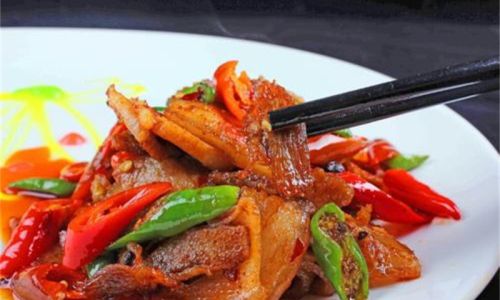
-
Vegetarian Version:
Substitute the pork with king oyster mushrooms or wheat gluten. Marinate in soy sauce and five-spice powder before stir-frying.
-
Spicy Green Bean Stir-Fry:
Replace garlic sprouts with blanched green beans. Add a splash of black vinegar for tang.
-
Twice-Cooked Fish:
Use firm-fleshed fish like cod. Simmer briefly, then pan-fry and finish with the same sauce.
The Cultural Tapestry of Sichuan Cuisine
Huiguo Rou is more than a dish—it’s a narrative of Sichuan’s history. The region’s humid climate necessitated spicy ingredients to combat dampness, while its agrarian roots favored hearty, meat-based dishes. Today, as Sichuanese chefs innovate globally, this dish remains a bridge between tradition and modernity.
Conclusion: A Dish Worth Mastering
Crafting authentic Huiguo Rou requires patience, precision, and a deep appreciation for Sichuan’s culinary heritage. While the ingredient list may seem daunting, each component plays a vital role in creating the dish’s symphony of flavors. Whether you’re a seasoned cook or a curious novice, the act of simmering, slicing, and stir-frying connects you to centuries of tradition—and rewards you with a meal that is as comforting as it is exhilarating.
So, gather your ingredients, fire up the wok, and embark on a journey to Sichuan. With each bite of tender pork and aromatic garlic sprout, you’ll taste the soul of a cuisine that has enchanted the world—one twice-cooked slice at a time.
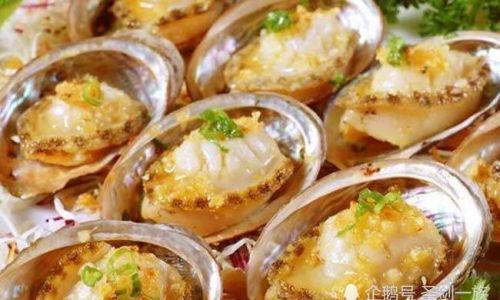

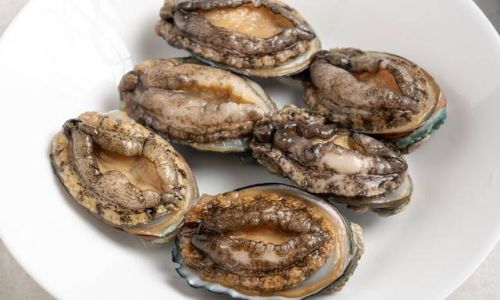



0 comments